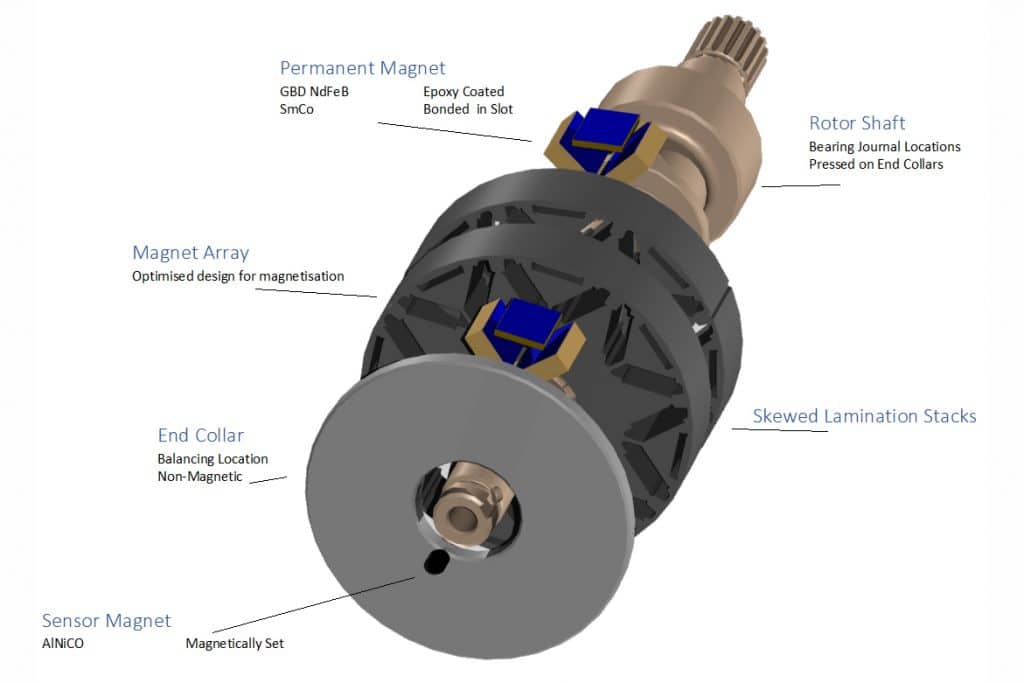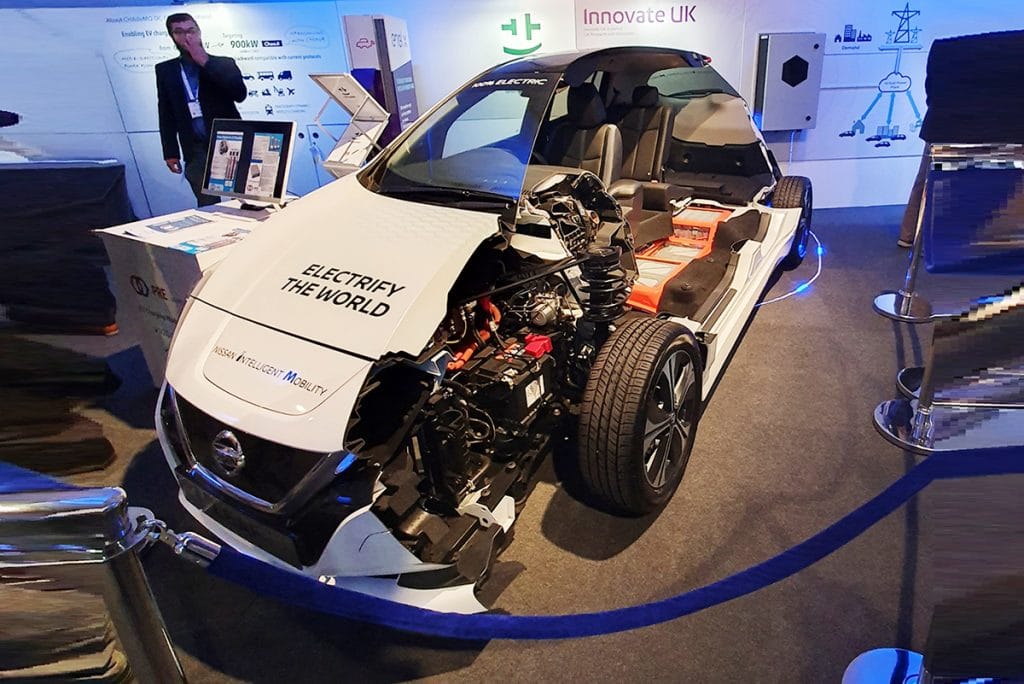Magnetics Importance for Electric Vehicles at Cenex-LCV
By Paul Fears | 27 July 2021
Magnets and magnet assemblies, both essential for transport electrification, are the focus for Bunting on stand C4-106 at Cenex-LCV (UTAC Millbrook Proving Ground, Bedfordshire, UK, 23rd to 24th September 2021). In particular focus is the technique of magnetizing magnet assemblies after construction, which offers a wide range of benefits including accuracy and safety.

The LCV (Low Carbon Vehicles) event is run by Cenex, the UK’s first centre of excellence for low carbon and fuel cell technologies with assistance from supporting partners.
The number of electric vehicles on the world’s roads is expected to exceed 250 million by 2030. Presently, each electric vehicle includes between two and five kilogrammes of permanent magnets, including high-strength rare earth neodymium. Magnets help form the traction drive to provide motive power to the vehicle, whilst also driving the window wipers, electric windows, instrumentation, and an array of engine parts. For electric vehicles, magnets are simply fundamental.

The efficiency of the magnet and magnet assembly directly affects the performance of the electric vehicle. Subsequently, specifications are getting tighter in terms of space and functionality.
With the aim of simplifying the manufacturing process and improving safety, Bunting’s technical engineering team developed technology for post-assembly magnetisation. Subsequently, a complex magnet assembly is constructed unmagnetized and then charged.
There are many advantages to post-assembly magnetisation. Constructing the magnet assembly is easier and the time is taken shorter. There is also a reduced risk of mistakes occurring during assembly (e.g., incorrect polarity orientation). Post-magnetisation means that the polarity and magnetic field are exactly as required for every magnetic component. This type of component consistency is ideal for the automotive sector.
“Maximising the performance of an electric vehicle is directly related to the tight specifications of the individual components, including magnets and magnet assemblies,” explained Matthew Swallow, Bunting’s Technical Product Manager. “Post assembly magnetisation is the only way to meet and exceed such tolerances. We are looking forward to helping companies in the electric vehicle sector.”
Related Technical Article
Magnet and Magnet Assembly Design
Bunting designs, manufactures and supplies a wide range of magnets, magnet setters, magnetisers, and magnetic assemblies. Many are bespoke for specific applications. For further information on any of the products mentioned in this article, or for bespoke magnet assemblies and magnet designs, please visit our stand at the Cenex-LCV event or contact us via:
Phone: +44 (0) 1442 875081
Email: sales.berkhamsted@buntingmagnetics.com
Via Bunting-eMagnets for online purchase of Magnets and Magnetic Technology
Follow us for all our latest news on Social Media



